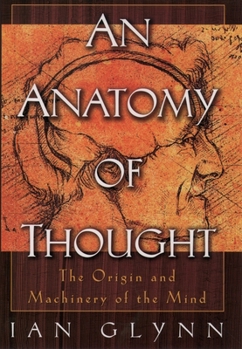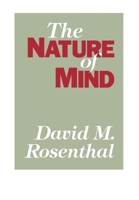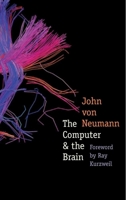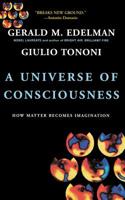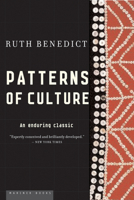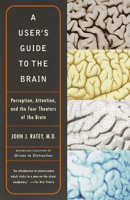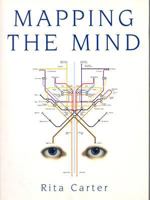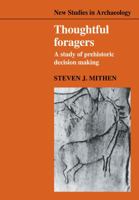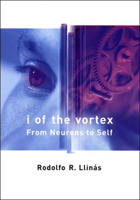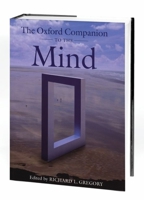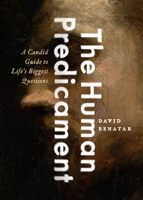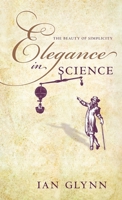An Anatomy of Thought: The Origin and Machinery of the Mind
Select Format
Select Condition 
You Might Also Enjoy
Book Overview
Drawing on a dazzling array of disciplines--physiology, neurology, psychology, anthropology, linguistics, and philosophy--Ian Glynn explains virtually every aspect of the workings of the brain, unlocking the mysteries of the mind.
Glynn writes with exceptional clarity as he illuminates the mechanics of nerve messages; the functioning of sensory receptors; the processes by which the brain sees, tastes, and smells; the seats of language, memory,...
Related Subjects
Anatomy Anatomy & Physiology Basic Sciences Behavioral Sciences Biological Sciences Biology Biology & Life Sciences Clinical Health, Fitness & Dieting Health, Fitness & Dieting Internal Medicine Medical Medical Books Medicine Mental Health Neuroscience Psychology Psychology & Counseling Science Science & Math Science & Scientists Science & Technology Social SciencesCustomer Reviews
Rated 5 starsmy Bible
I call "An Anatomy of Thought" my Bible. Having a background of tertiary education on chemistry and medicine, some time ago I came up with a crazy thought that the chemical activities in our brains, the nervous impulses only obey the laws of physics, or, the laws of nature. Hence we are like machines. I abandoned that thought as it was too crazy, until I found "An anatomy of thought" of Ian Glynn. Using the scientific approach,...
0Report
Rated 5 starsA fantastic amount of knowledge in easily digestible form!
This is essential reading for anyone who is interested in human behaviour. I am a manager, currently studying behavioural psychology and its impact on performance, and received the book as a Christmas Present. From the first of its more than 500 pages to the last, it held my attention, and it seemed like every paragraph contains an insightful piece of wisdom. I can safely say that I have learned more about evolution, about...
0Report
Rated 4 starsMental Machinery Examined
This is another "primer" on nerve and brain function written for the layman. I should qualify that statement by saying that this subject is never an easy read. You need to have more than a middling interest in order to pursue such studies beyond a superficial level. My way of studying scientific topics is to read several books on a subject, gaining different perspectives, and letting it all sink in by the repetition involved.Anatomy...
0Report
Rated 4 starsThorough Brain, Short Shrift to Mind
This book begins with an excellent review of neuro-chemistry and this is followed with a clear and lucid discussion of how nerve signals propagate throughout the body. It then discusses where various functions reside in the brain (for instance, vision, understanding, data reduction and the like). As a scientist, with very little background in neurophysiology, I found this part of the book very interesting and informative...
0Report
Rated 4 starsThe robotic underpinnings of thought processes.
AN ANATOMY OF THOUGHT This book is essentially, in the words of the author, Prof. Dr. Ian Glynn of Trinity College in Cambridge, a guided tour of the brain `'...without too much expenditure of time or effort...to get a general idea of the area to be toured, hurry through the dull parts, linger in those that are more interesting, and emerge knowing a little of the history and features of the area and much better equipped...
1Report







